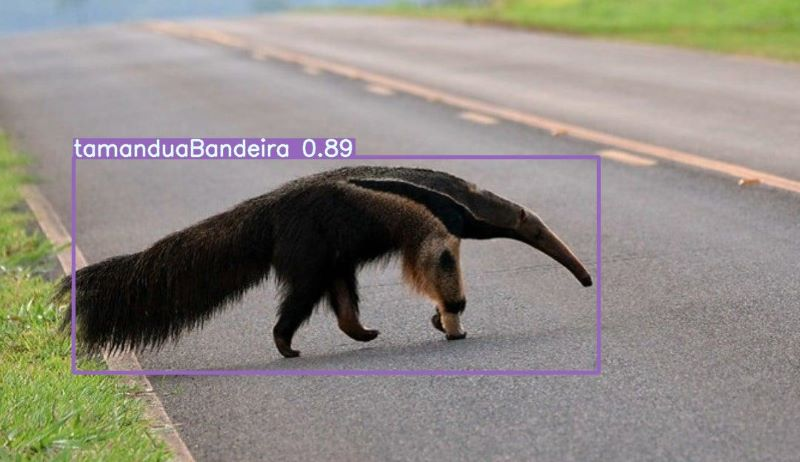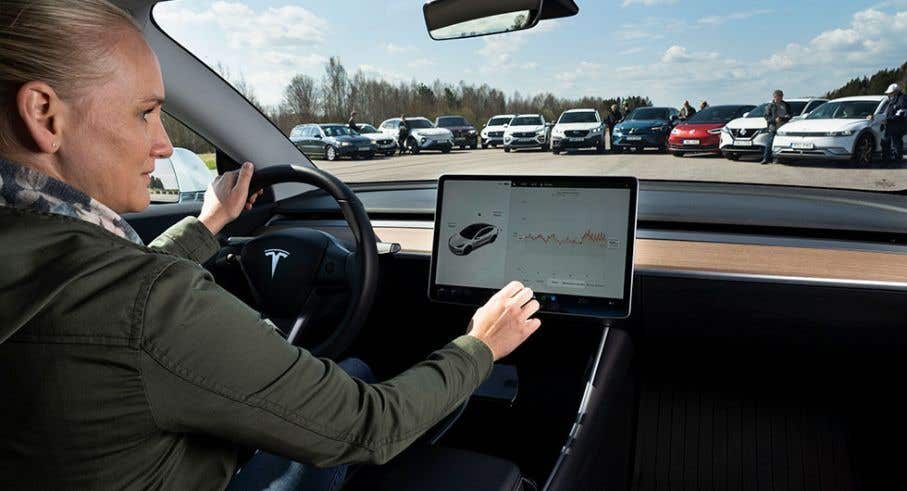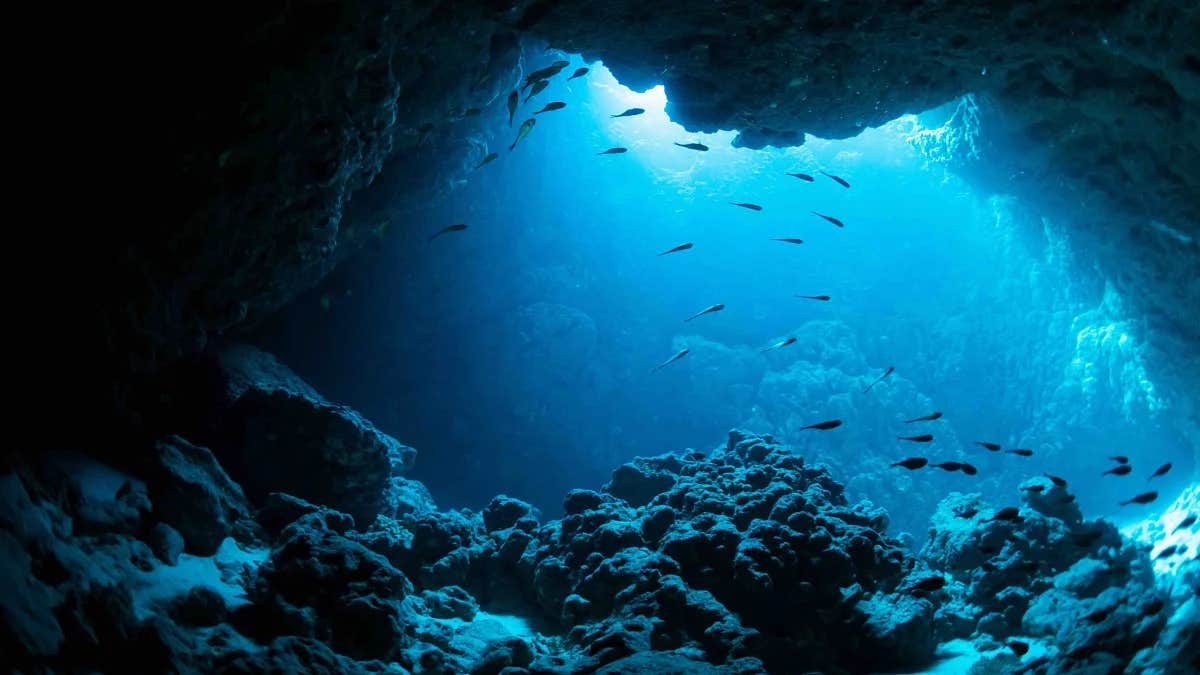AI-powered system can detect wild animals on roads and avoid accidents
In Brazil, researchers have taken a groundbreaking step toward enhancing road safety and wildlife conservation simultaneously.

A database containing images of species like this Giant anteater trained models developed in other countries for use in Brazil. (CREDIT: montage by Gabriel Souto Ferrante on photo by Miguel Rangel Jr/Creative Commons)
In Brazil, researchers have taken a groundbreaking step toward enhancing road safety and wildlife conservation simultaneously. Imagine receiving real-time notifications on your smartphone or car's display warning you of an anteater, wolf, or tapir crossing the highway ahead.
Now, this vision is edging closer to reality, thanks to advancements in computer vision technology pioneered by scientists supported by FAPESP.
Gabriel Souto Ferrante, the lead author of a recent study published in Scientific Reports, explains the motivation behind their research, "The staggering number of animals – approximately 475 million – killed on Brazilian roads each year urged us to take action. We developed a database and trained computer vision models to automatically detect these vulnerable species."
Example of a non-challenging video for the Maned Wolf class, in which the animal is visible and in a favorable position for capturing characteristics. (CREDIT: Scientific Reports)
Ferrante conducted this study during his master's research at the University of São Paulo's Institute of Mathematics and Computer Sciences (ICMC-USP) under the guidance of Rodolfo Ipolito Meneguette, a professor at ICMC-USP and the article's last author.
Meneguette highlights the uniqueness of their approach, stating, "While similar systems exist abroad, they struggle to identify Brazilian animals accurately, especially in road environments where visibility is often poor."
The heart of their innovation lies in the development of a computer vision model tailored specifically to Brazilian wildlife. By leveraging the You Only Look Once (YOLO) algorithm, renowned for its real-time object detection capabilities, the researchers achieved remarkable results.
Related Stories:
This single-stage detection approach prioritizes speed, crucial for identifying large animals swiftly in dynamic road conditions.
Their methodology involved curating a database of 1,823 publicly available photographs of Brazilian mammals prone to road accidents. These images underwent meticulous editing to eliminate any distortions that could impede species identification. Subsequently, various versions of the YOLO algorithm were tested using videos of animals recorded at the São Carlos Ecological Park.
Surprisingly, older iterations of YOLO outperformed newer versions, achieving an impressive 80% accuracy in daylight conditions. However, challenges such as nighttime detection and adverse weather conditions persist, prompting the team to focus on future improvements.
A supervised approach proposed by Wang et al.41 to learning (implicit learning) mixed with explicit learning, which is based on the immediate input given to the network. (CREDIT: Scientific Reports)
Meneguette sheds light on potential applications of their technology, "Integrating our animal detection system with existing traffic monitoring apps could revolutionize road safety. Municipalities could use this data to enhance driver awareness and mitigate wildlife collisions."
Their endeavors align with broader initiatives aimed at advancing intelligent transportation systems, supported by projects funded by FAPESP. Through partnerships with toll road operators and city governments, the researchers plan to conduct real-world trials, further refining their system and maximizing its impact.
All classes BRA-Dataset32 supports. The classes are medium and large animals with a high risk of extinction in the Brazilian fauna. (CREDIT: Scientific Reports)
This pioneering work signifies a significant stride toward harmonizing road safety and environmental conservation in Brazil.
By harnessing the power of computer vision, researchers are poised to mitigate wildlife fatalities on highways, safeguarding both animals and motorists alike.
For more science and technology stories check out our New Innovations section at The Brighter Side of News.
Note: Materials provided above by The Brighter Side of News. Content may be edited for style and length.
Like these kind of feel good stories? Get the Brighter Side of News' newsletter.



